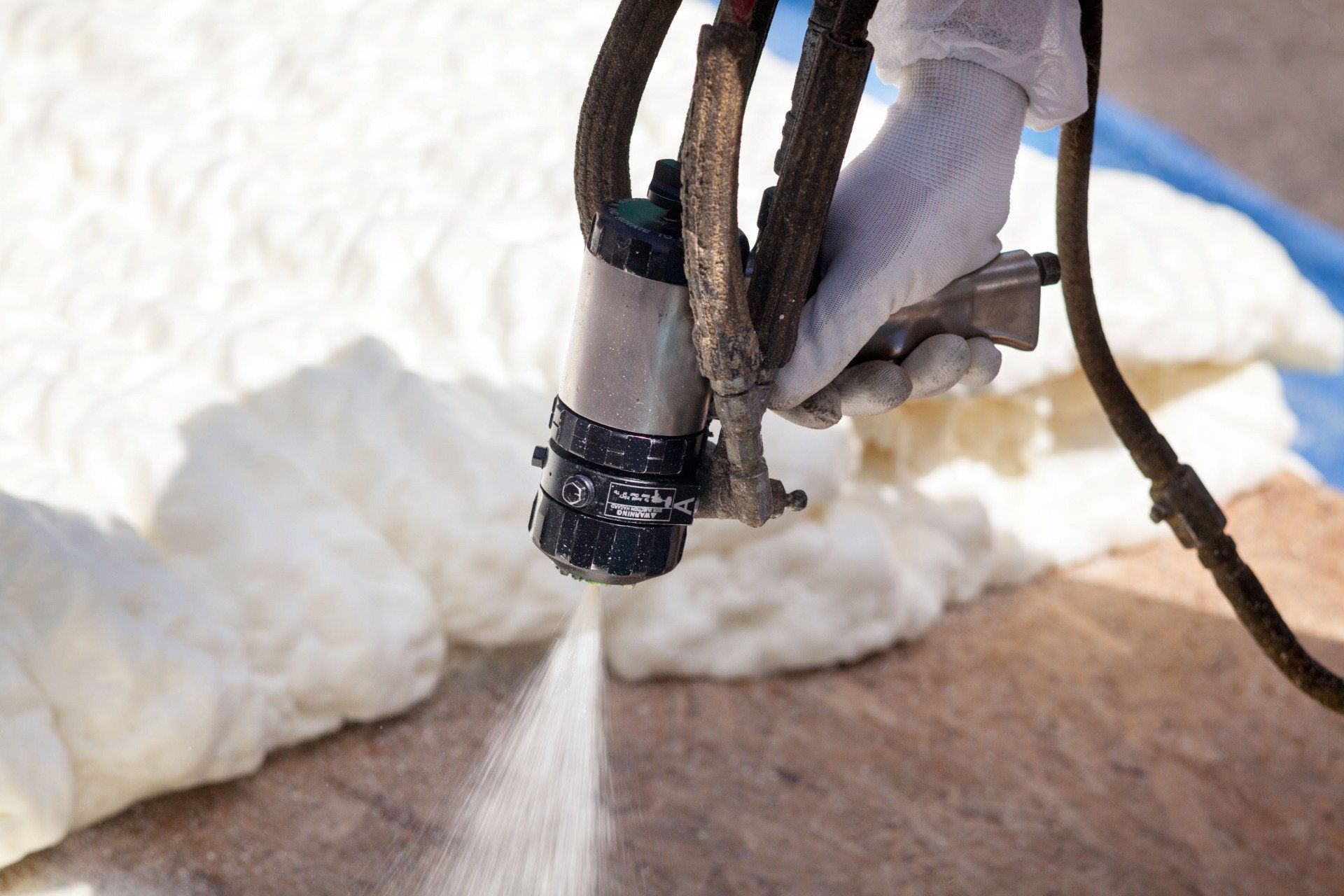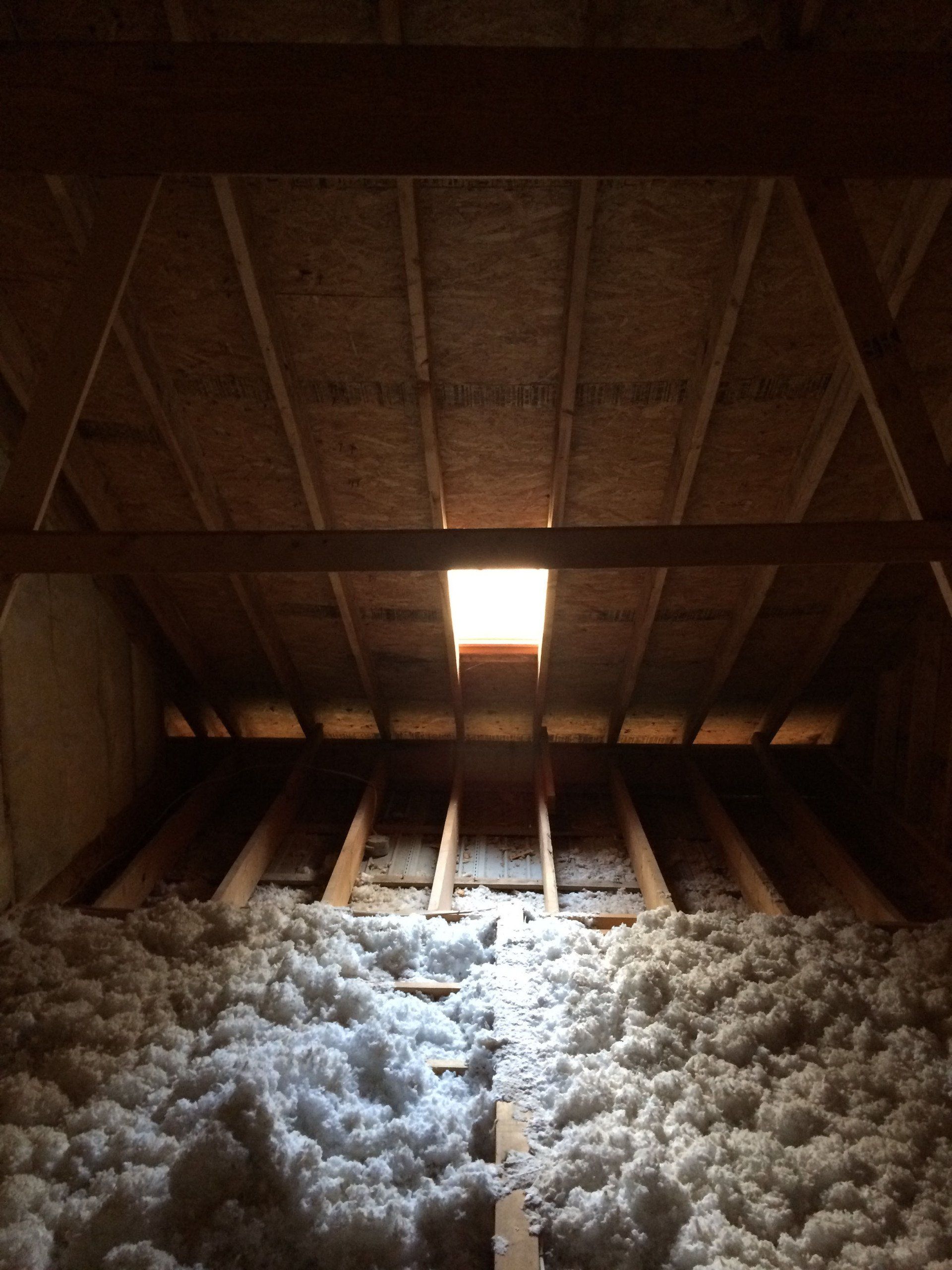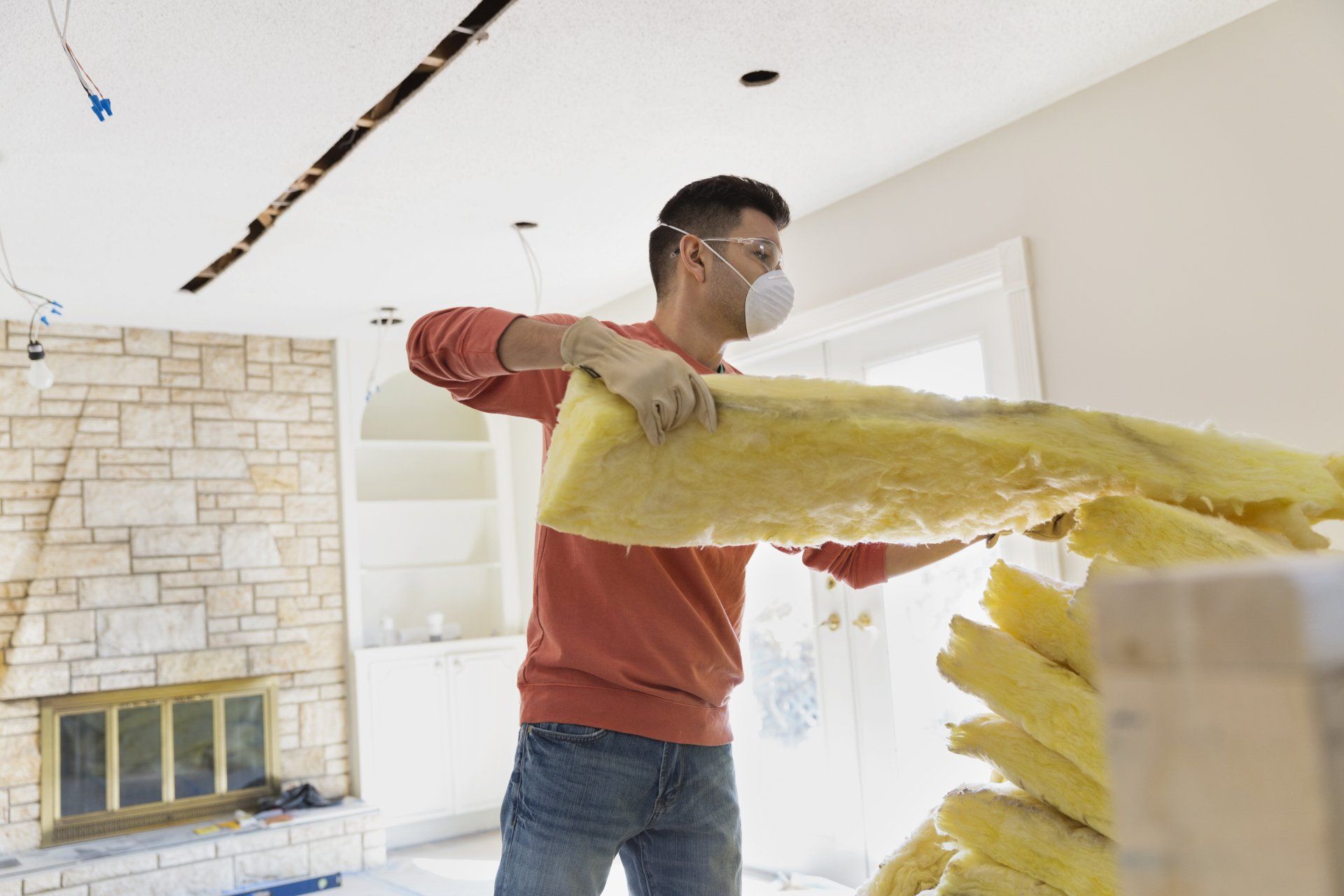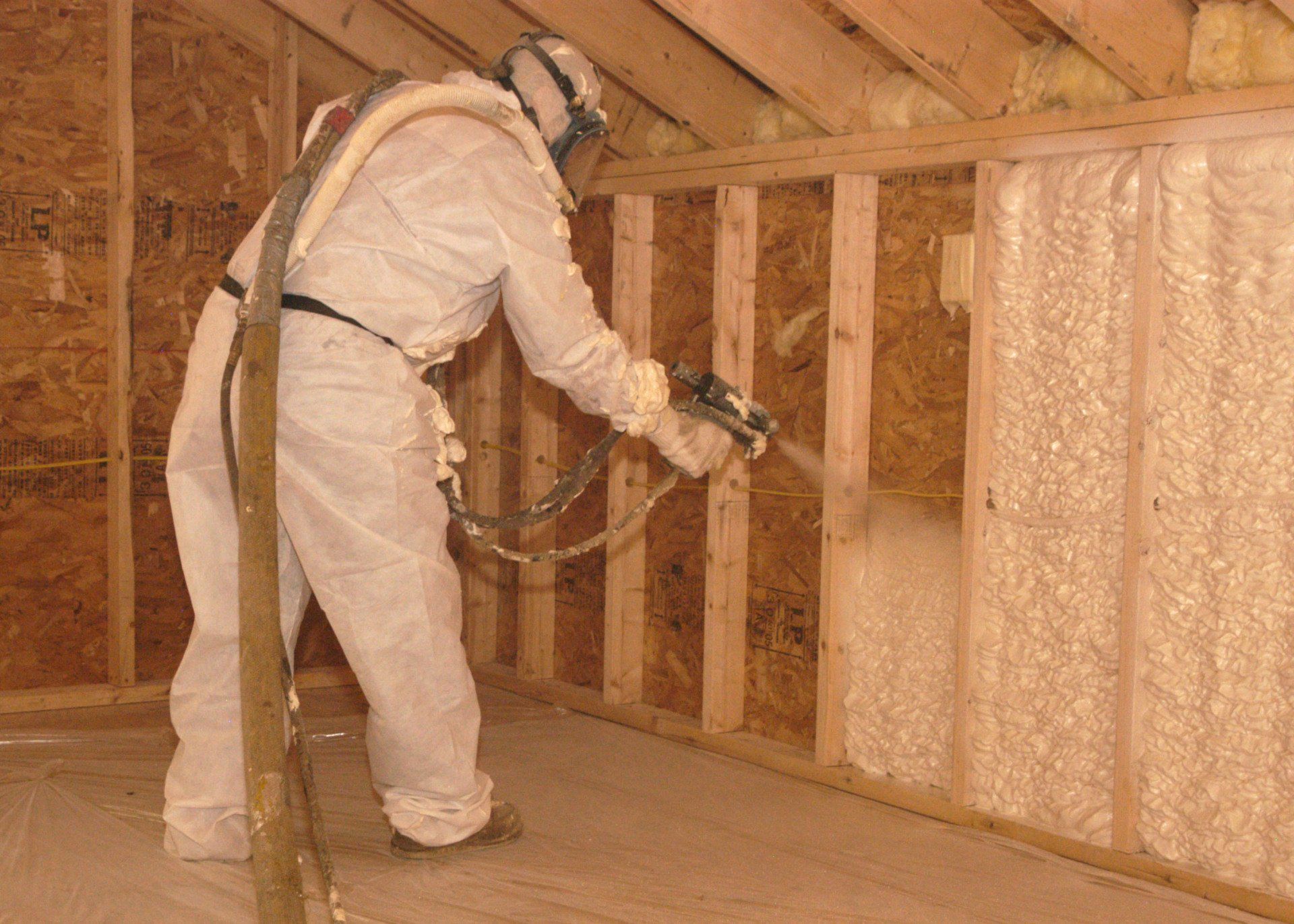Prepare for the Winter with a Proper Attic Insulation
According to Asking Lot, failure to insulate your attic can increase heat loss by 25% during fall and winter. So, the best time to insulate your attic is when cold weather is around the corner. Proper attic insulation can save you money by making it less inexpensive to keep your home warm in winter. You can enjoy a lower heating bill without having to constantly dial up the thermostat. With that in mind, here's what you need to know about insulating your attic ahead of the colder season.
What Materials Can You Use When Insulating Your Attic?
Fortunately, there's a wide range of insulation types and materials to choose from for your attic insulation project. For instance, you can find insulation that's made from different materials, such as fiberglass, cellulose, cotton, or mineral wool. It's essential to compare the pros and cons of each material to determine if it's the best option for you. You can also find different insulation types, such as bats or loose fill. Be sure to talk to a professional to understand which insulation type is best for your attic based on factors, such as the type of joint spacing in your attic and the ease of maneuvering.
How to Insulate Your Attic Floor
When insulating your attic, it's often best to start with the attic floor. This is often the easiest part of
attic insulation. Start by measuring the square footage of your attic so you know just how much insulation material to buy. Without insulating your attic floor, it's harder to keep your home warmer efficiently in winter.
How to Insulate the Rest of the Attic
Once you insulate the floor of your attic, you can then focus on insulating the rest of the attic. The trick is to seal any gaps in the attic that allow air to escape to the outdoors. This can increase your heating or cooling costs since your HVAC system has to work harder to maintain the desired indoor temperature. Common areas where you find air leaks include around attic windows, pipes, wires, and ducts. Depending on where the gap is located, you can use window and door foam sealant, caulk, spray foam, or a combination of metal flashing and caulk. Ensure that all gaps are properly sealed to prevent heated air from leaking during winter.
What's the Cost of Insulating Your Attic?
If you need to insulate your attic before winter, it makes sense to create a budget so that you know how much you need to get enough materials for the job. However, attic insulation cost is influenced by various factors, such as the square footage of your attic, the type and material of insulation used. You'll also need to cover labor costs if you're hiring a contractor to do the job. Different professionals charge different rates, so you'll need to get a comprehensive quote for the entire project. Ideally, the professional you're working with should perform an inspection of your attic to give you a more accurate quote. You may also need to hire an electrician if there's a need to insulate around electrical wiring.
Can You DIY Attic Insulation?
It's possible to DIY your attic insulation if you know what needs to be done. However, it's important to wear protective clothing to minimize injury. For instance, you should wear a dust mask and protective clothing that covers most of your skin. As you work, make sure to have enough illumination with you so you can see the task at hand properly. If you're not sure how to insulate your attic effectively, it's best to hire a contractor or insulation installer with the required expertise. A professional can do the job more quickly, safely, and efficiently. They know which areas are prone to developing gaps and air leaks. They may also help by recommending the best insulation material and type for your home's needs.
What Else Can You Do to Insulate Your Home?
To make the most of your attic insulation, there are other things you can do to keep your home warmer during winter. For instance, it's essential to increase the energy efficiency of your home by fixing roof leaks. Otherwise, roof leaks lead to water intrusion which can potentially damage your insulation. Fixing roof leaks will prevent dampness that might affect your insulation.
As you can see, there's a ton of stuff you can do to insulate your attic properly. If you need professional assistance with attic insulation, please get in touch with Texas Shield Insulation.





Share On: